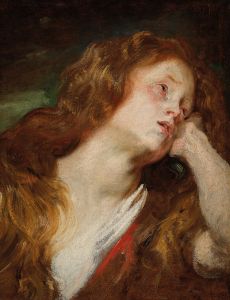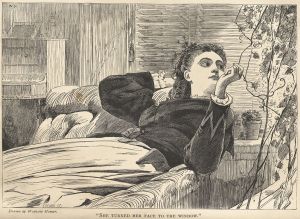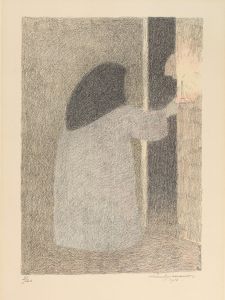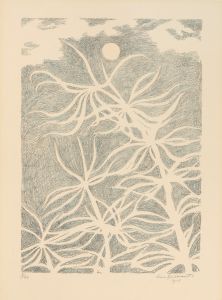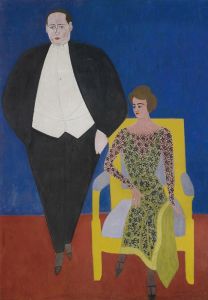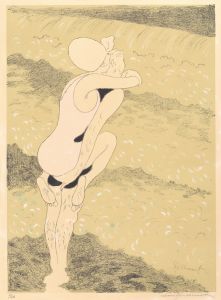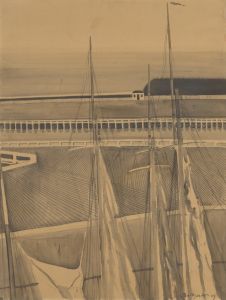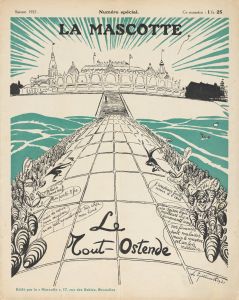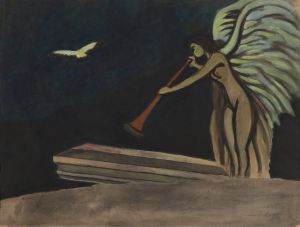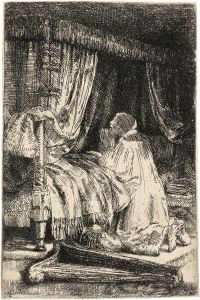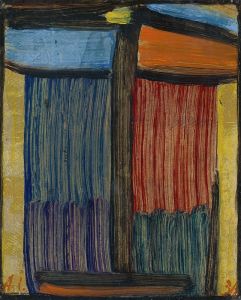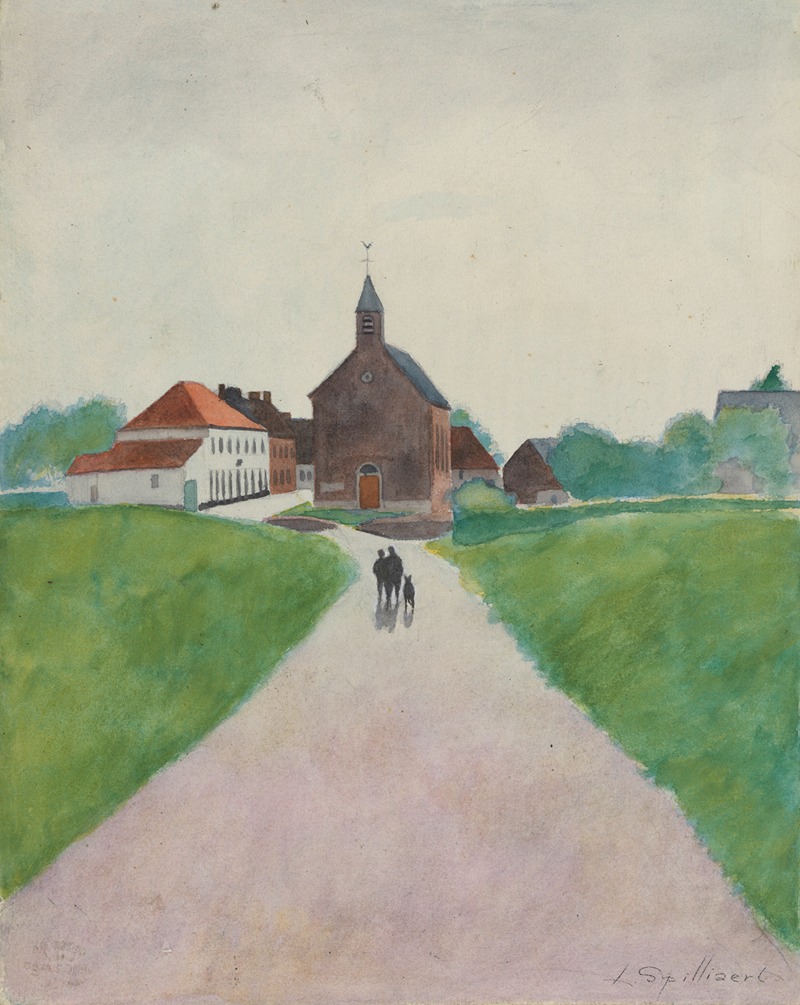
Au temps que Nanette était perdue pl. 4
A hand-painted replica of Léon Spilliaert’s masterpiece Au temps que Nanette était perdue pl. 4, meticulously crafted by professional artists to capture the true essence of the original. Each piece is created with museum-quality canvas and rare mineral pigments, carefully painted by experienced artists with delicate brushstrokes and rich, layered colors to perfectly recreate the texture of the original artwork. Unlike machine-printed reproductions, this hand-painted version brings the painting to life, infused with the artist’s emotions and skill in every stroke. Whether for personal collection or home decoration, it instantly elevates the artistic atmosphere of any space.
Léon Spilliaert (1881-1946) was a Belgian symbolist painter and graphic artist known for his unique and often haunting works. One of his notable pieces is "Au temps que Nanette était perdue pl. 4," which translates to "In the Time When Nanette Was Lost, Plate 4." This work is part of a series that reflects Spilliaert's distinctive style and thematic concerns.
Spilliaert was born in Ostend, Belgium, and his work is often associated with the Symbolist movement, which sought to express the ineffable and the mysterious aspects of human experience. His art frequently explores themes of solitude, introspection, and the uncanny, often rendered in a muted palette and with a keen sense of atmosphere.
"Au temps que Nanette était perdue pl. 4" is a prime example of Spilliaert's ability to convey mood and emotion through his use of line, shadow, and composition. The piece is executed in a monochromatic scheme, which is typical of Spilliaert's work, emphasizing the stark contrasts and the play of light and dark. This technique helps to create a sense of depth and an almost dreamlike quality to the scene.
The subject matter of the series, including "Plate 4," revolves around a narrative of loss and searching, which is hinted at in the title. The name "Nanette" suggests a personal or intimate story, possibly fictional or based on a real person known to Spilliaert. However, specific details about the narrative or the identity of Nanette are not provided, leaving much to the viewer's imagination and interpretation.
Spilliaert's work often features solitary figures in enigmatic settings, and "Au temps que Nanette était perdue pl. 4" is no exception. The composition likely includes a figure or figures set against a stark, almost surreal backdrop, evoking a sense of isolation and introspection. The use of space and the positioning of elements within the frame contribute to the overall feeling of disquiet and contemplation.
Throughout his career, Spilliaert was influenced by a variety of sources, including literature, philosophy, and the coastal landscape of his hometown. His works often reflect a deep psychological insight and a preoccupation with existential themes. The series to which "Plate 4" belongs can be seen as part of this broader exploration of human emotion and the subconscious.
Spilliaert's art has been exhibited widely, and he is regarded as one of Belgium's most important artists of the early 20th century. His work continues to be studied and appreciated for its unique contribution to Symbolism and its profound emotional resonance.
In summary, "Au temps que Nanette était perdue pl. 4" by Léon Spilliaert is a significant piece within the artist's oeuvre, exemplifying his mastery of mood, composition, and thematic depth. The work invites viewers into a world of introspection and mystery, characteristic of Spilliaert's enduring artistic legacy.






